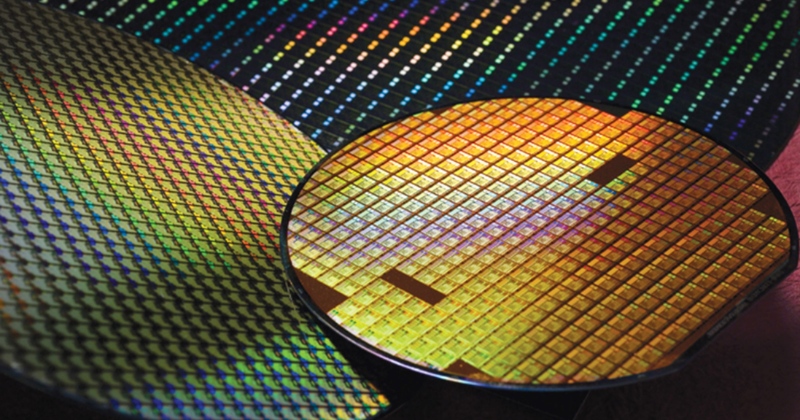Emerging materials for the microelectronics industry possess a number of unique properties that make them particularly desirable to shrink device geometries and develop novel 3D architectures. Specific material properties include their extreme strength, flexibility, optical transparency and thermal conductivity. While researchers focus an enormous amount of effort on the fabrication and characterization of these materials, integration of these materials into new products and their subsequent industrialization continues to be a challenge. These challenges commonly affect the precision of a required process and repeatable yield of devices as they are industrialized. Useful information to prevent or mitigate these challenges include atomic composition of material or device, influence on transistor device control, chemical properties, and robustness and ease of analysis to deliver clear insight into material properties.
ICURO has developed the AI vision technology for high-precision and recognition of defect areas on semiconductor wafer electron microscopy images. The AI powered pipeline consists of contour extraction, template matching, and alignment. Contour tracing is one of many preprocessing techniques performed on digital images in order to extract information about their general shape or boundary. Once the contour of a given pattern is extracted, it’s different characteristics will be examined and used as features which will later be used in pattern classification. Template matching is a technique in image processing for finding small parts of an image which match a template image. It is used as a way to detect edges in an image. Challenges include occlusion, detection of non-rigid transformation, illumination and background changes, background clutter and scale changes. Image alignment is the process of overlaying images of the same scene under different conditions, such as from different viewpoints, with different illumination, using different sensors, or at different times. Image fusion, image mosaicking, creation of panoramas, object recognition, photometric stereo and enhanced rendering are some of the examples in which image alignment is a crucial step.
The methods involved using variants of the convolution neural networks, which are deep-learning neural networks and have been shown to be effective in various complex vision-based tasks. The convolution layers extracted the feature maps, then the pooling layers concentrate the feature maps using various functions, such as maximizing or averaging values within a given window in order to reduce the processing complexity for the following layers. These layers are followed by a fully connected layers before the classification.
